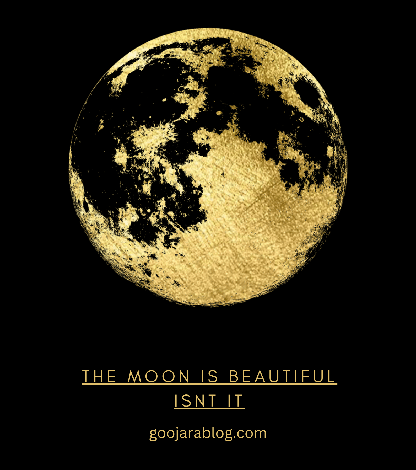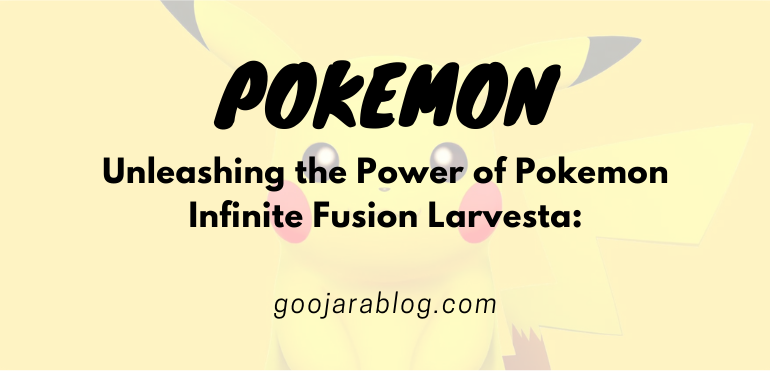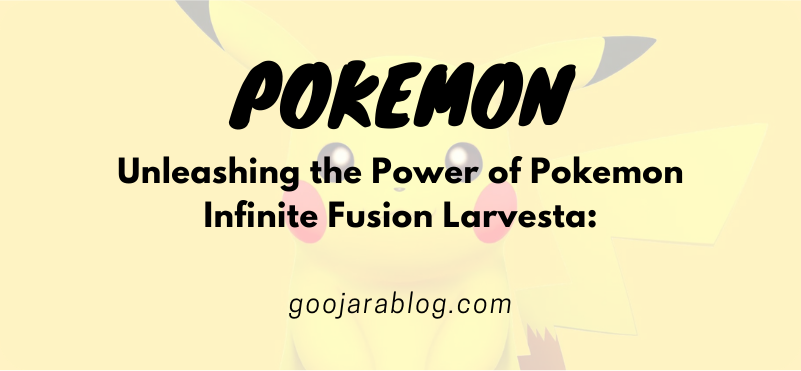
The Moonlit Whisper: Unveiling the Meaning Behind “The Moon is Beautiful, Isn’t It?”
Have you ever gazed upon the moon with someone special and felt a surge of unspoken emotions? In Japanese culture, this feeling has a beautiful expression: “Tsuki ga kirei desu ne” (The moon is beautiful, isn’t it?). This seemingly simple phrase transcends mere observation.
This article, “The Moonlit Whisper,” unveils the hidden depths of “Tsuki ga kirei desu ne,” journeying through its historical roots, its subtle power as a love confession, and its enduring charm in the modern world. Prepare to be swept away by the cultural richness and emotional resonance of this evocative phrase.
Table of Contents
A Poetic Tapestry: The Origins of “The Moon is Beautiful, Isn’t It?”
While the exact origin of the phrase “The moon is beautiful, isn’t it?” (Tsuki ga kirei desu ne) remains a captivating mystery, it’s believed to have woven itself into Japanese culture during the Meiji period (1868-1912). This era saw a shift in societal norms, but expressing emotions directly, especially romantic feelings, still carried a certain stigma. “Tsuki ga kirei desu ne” emerged as a more subtle and culturally appropriate way to convey affection.
The moon is beautiful, isn’t it? Beyond the Literal Meaning
The beauty of this phrase lies not just in the simple words themselves, but in the unspoken depths it carries. Here’s why:
- Invitation to Shared Appreciation:
By focusing on the moon’s beauty, the speaker invites the other person to share this moment of observation. This creates a sense of intimacy, a connection built on a shared experience.
- Delicate Dance of Emotions:
It’s a delicate dance of emotions. The phrase hints at deeper feelings without the awkwardness of a direct declaration. The recipient is left to interpret the unspoken yearning, adding a layer of intrigue and romance to the interaction.
The Cultural Nuance of the moon is beautiful, isn’t it:
Unlike Western cultures, which often favor directness and explicit expression, Japanese communication leans heavily on indirectness and subtlety. This cultural nuance is precisely what gives “Tsuki ga kirei desu ne” its power. By offering a seemingly simple observation about the moon, the speaker can convey a range of emotions without appearing overly forward.
More Than Just Romance: A Broader Spectrum of Affection
While the phrase has become synonymous with romantic love in popular culture, its reach extends far beyond. Here’s how “Tsuki ga kirei desu ne” can express a wider range of emotions:
- Deepening a Friendship:
Imagine sharing a quiet evening under the moon with a close friend. Uttering “Tsuki ga kirei desu ne” can express your appreciation for their presence and strengthen the bond of your friendship.
- Unspoken Gratitude for Family:
Sometimes, the most heartfelt emotions are unspoken. Saying “Tsuki ga kirei desu ne” to a family member can be a subtle way of expressing gratitude for their love and support, creating a deeper connection.
- Acknowledging a Shared Moment:
The beauty of the moon can be a powerful shared experience. This phrase can be used to acknowledge the beauty of a moment with anyone, from a casual acquaintance to a colleague, fostering a sense of connection and appreciation for the present.
The Enduring Legacy: “The Moon is Beautiful, Isn’t It?” in Modern Times
Despite the significant shifts in Japanese society, it continues to hold a captivating place in popular culture. We see it woven into the fabric of literature, movies, and even anime, serving as a timeless reminder of the power of indirect communication and the beauty of unspoken emotions.
A Universal Language: The Power of Shared Beauty
The enduring charm of “Tsuki ga kirei desu ne” extends far beyond Japanese culture. Here’s why it resonates on a global scale:
- Transcending Cultural Boundaries:
The appeal of this expression is found in its ability to resonate with everyone. The moon, a celestial wonder visible across the globe, becomes a bridge for expressing affection in a way that’s both poetic and profound. It transcends cultural barriers, allowing individuals from all walks of life to connect over a shared appreciation for the natural world.
- The Power of Unspoken Emotions:
In an age of constant communication, “Tsuki ga kirei desu ne” reminds us of the power of unspoken emotions. The indirectness of the phrase allows for a more nuanced and subtle expression of affection, leaving room for interpretation and fostering a sense of intrigue. It’s a welcome departure from the often-blunt nature of modern communication.
This phrase isn’t merely a relic of the past; it continues to resonate with modern audiences seeking a more meaningful way to connect.
A Legacy of Emotional Nuance in Modern Media:
- Literary Inspiration:
Countless authors have used “Tsuki ga kirei desu ne” to express unspoken feelings between characters. By infusing narratives with depth and emotional intricacy, readers are able to forge profound connections with the characters, delving into their innermost thoughts and feelings.
- Evoking Emotions in Film:
Movies often employ this phrase to create a sense of intimacy and unspoken desires. The quiet exchange under a moonlit sky, punctuated by “Tsuki ga kirei desu ne,” can be a powerful cinematic moment that lingers with viewers long after the credits roll.
- Anime’s Enduring Trope:
The phrase has become a beloved trope in anime, often used to hint at blossoming romance between characters. Its use adds a layer of cultural nuance and emotional depth that resonates with fans worldwide.
“The moon is beautiful, isn’t it?” continues to capture hearts across generations and cultures. It serves as a testament to the enduring power of indirect communication and the beauty of unspoken emotions, reminding us of the universal human desire to connect with others under the shared wonder of the night sky.
Conclusion
“The moon is beautiful, isn’t it?” transcends a simple sentence. It’s a cultural touchstone, a window into the nuanced world of Japanese communication. It reminds us that beauty, like the moon itself, can bridge divides and foster connection. The phrase lingers as a testament to the power of unspoken emotions, a reminder that sometimes the most meaningful things are left unsaid.





